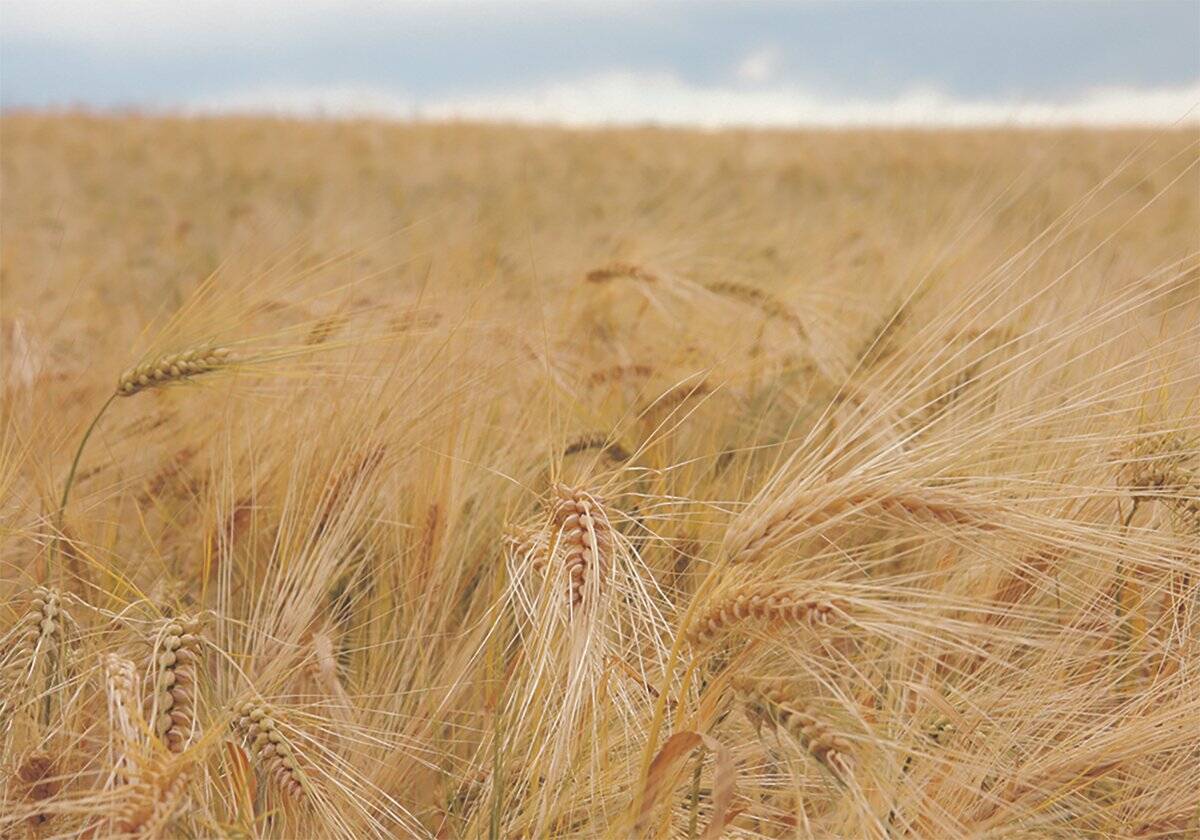(Resource News International) — Crop conditions across Western Canada are variable heading into spring seeding, with dryness a concern in parts of Alberta and Saskatchewan, and flooding possible in Manitoba’s Red River valley, according to provincial crop specialists.
However, seeding is still a month or more away in most areas, and the possibility of late-winter storms could change the moisture outlooks.
In Alberta, a dry fall followed by a dry winter left soil moisture levels at near record lows in some areas, according to Harry Brook, a crops specialist at Alberta’s Ag-Info Centre at Stettler.
Read Also

Feed Grain Weekly: Quiet trade to close the year
Feed grain prices are not expected to change drastically in the coming months, said a Saskatchewan-based trader.
Conditions, he said, were particularly dry in the central and northern areas of the province, into the Peace River district.
Any problems with dryness could be aggravated by grasshopper forecasts that are also looking bad in those regions this year, Brook said. If the very dry areas stay dry, he said, some producers may keep that land fallow rather than seed a crop.
However, Brook added, there is still some time before seeding begins, and Alberta has seen significant precipitation at this time of year in the past.
Alberta is not all dry, and moisture conditions in the southern part of the province are better than average, said Brook.
Saskatchewan is also facing mixed conditions heading into the spring planting season. Grant McLean, crop management specialist with Saskatchewan’s provincial Agriculture Knowledge Centre in Moose Jaw, said moisture levels were looking good overall, but there were dryness issues along the western part of the province.
Looking at precipitation averages, the west central and into the northwest parts of Saskatchewan are the areas of the most concern.
However, “in most cases, moisture conditions are quite good,” said McLean, adding that the biggest challenge this year will be deciding what to plant, as most options were not looking very profitable. Grasshoppers could also cause problems in southern Saskatchewan this year, he said.
Pam de Rocquigny, an agronomist with Manitoba Agriculture, Food and Rural Initiatives at Carman, said the province was in the process of the spring melt, making it difficult to say definitively how the fields would look at planting time.
Spring flooding is often a concern in the province, and will likely affect some fields again this year. However, she said, current conditions were looking promising for a nice drydown in most areas, which should bode well for the crops.
However, as in the other provinces, she also cautioned that there is still a lot of time for conditions to change before farmers start seeding in earnest.















